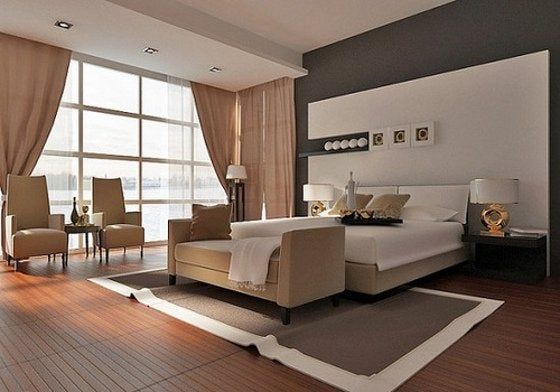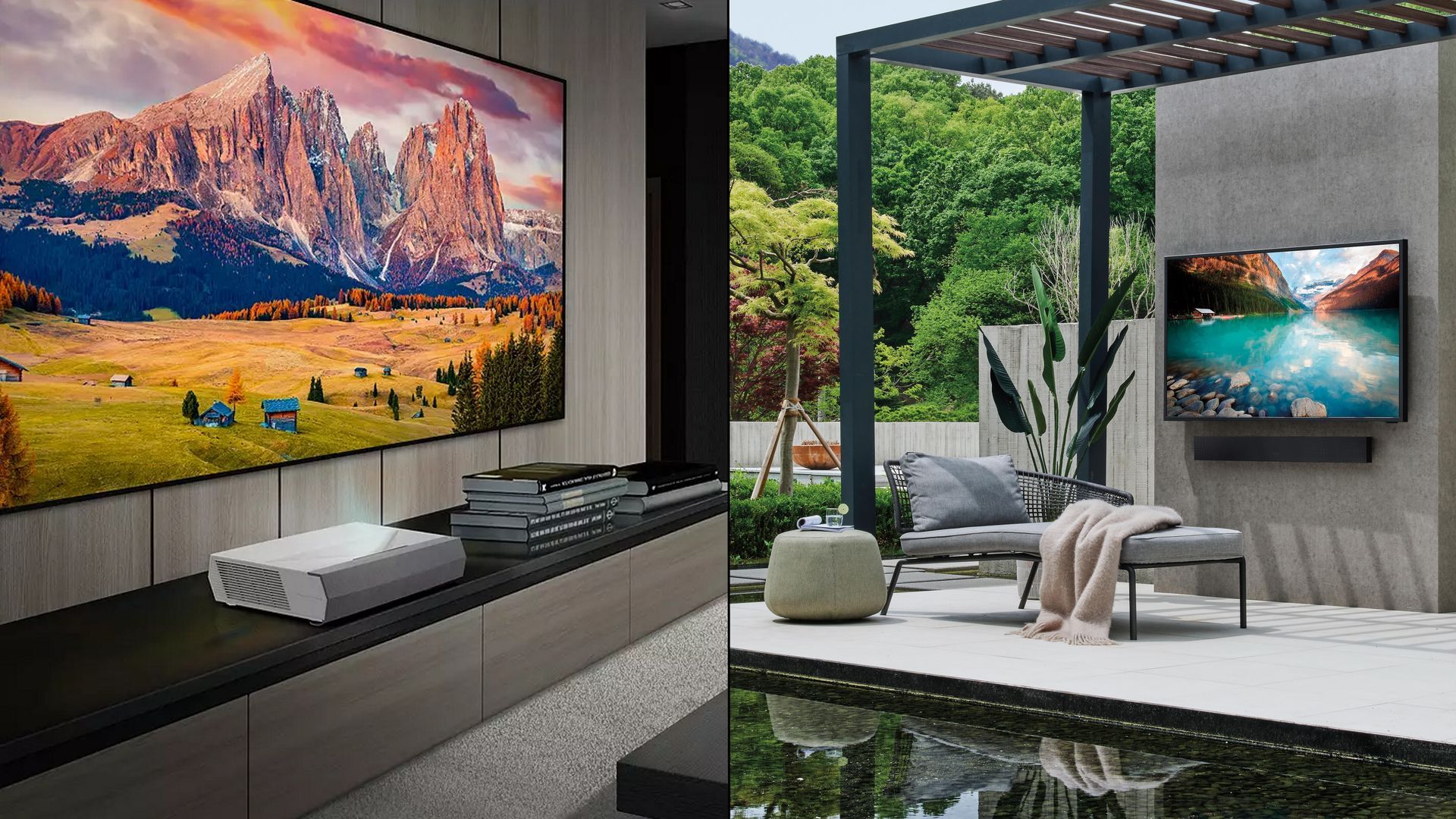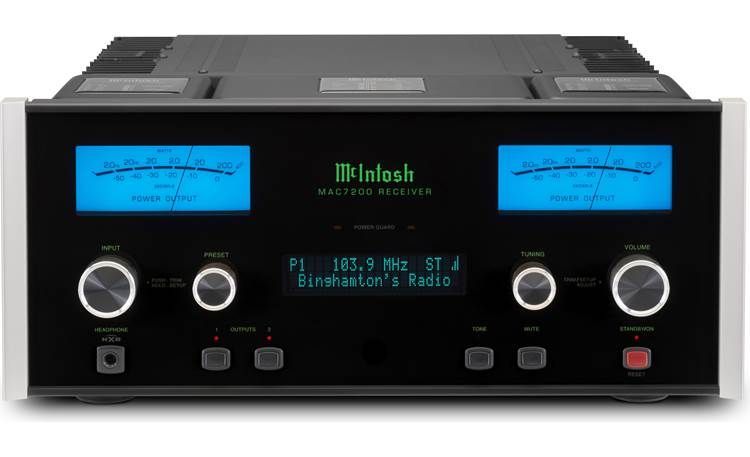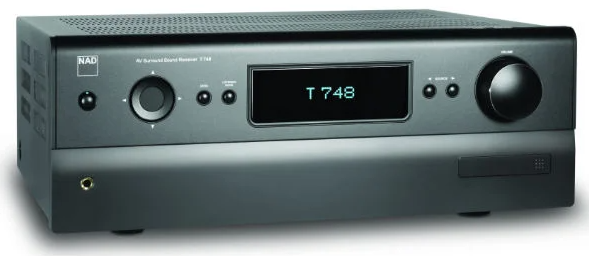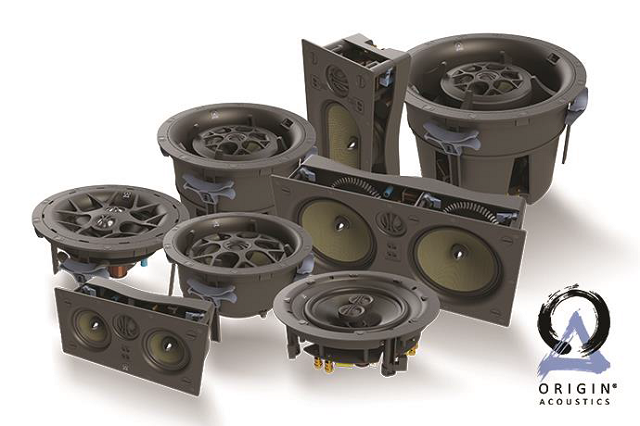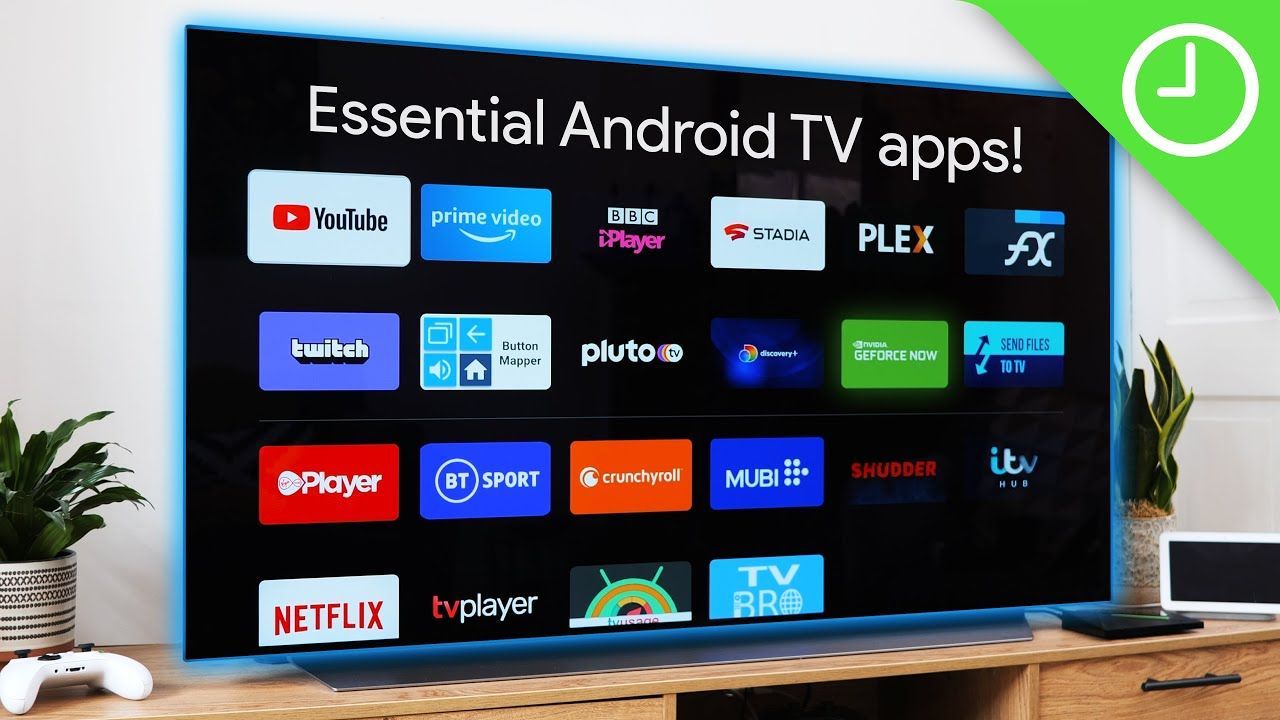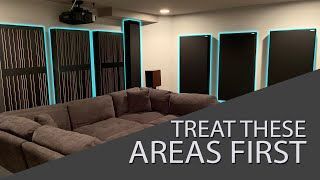Home Theater
Contact UsHOME THEATER
In many markets, Home theater has replaced the family room as the location in the home where everyone gathers. There are numerous things that go into the design and construction of a home theater room. It is not as simple as picking a few ingredients and having an installer assemble them.
- What are the good brands to consider?
- What kind of costs can I expect?
- How big a screen can I use in the room?
- What is the optimum distance to the screen and where is the best seating position?
- What products will yield the best sound in the space?
- Should I use one subwoofer or more, and where should they be placed?
As you can see, even some of the basic choices aren't really so basic. Let's break down what you need to consider and why.


